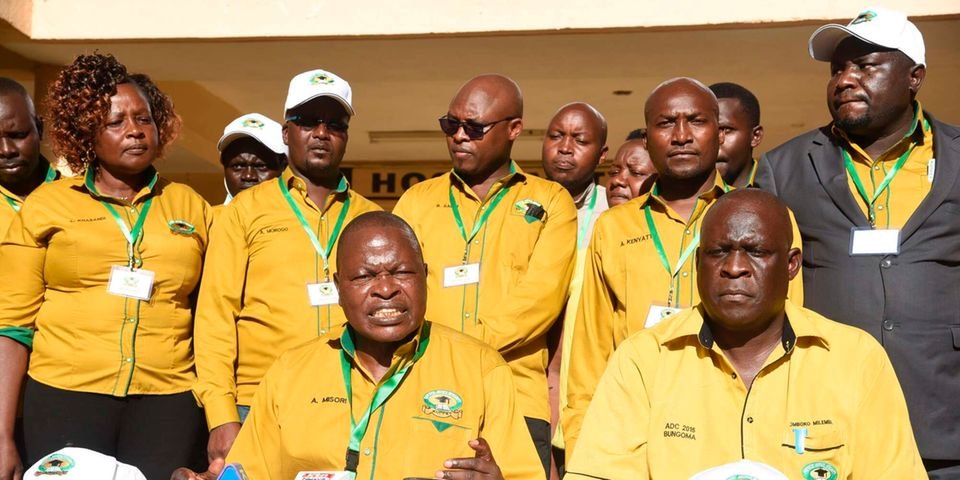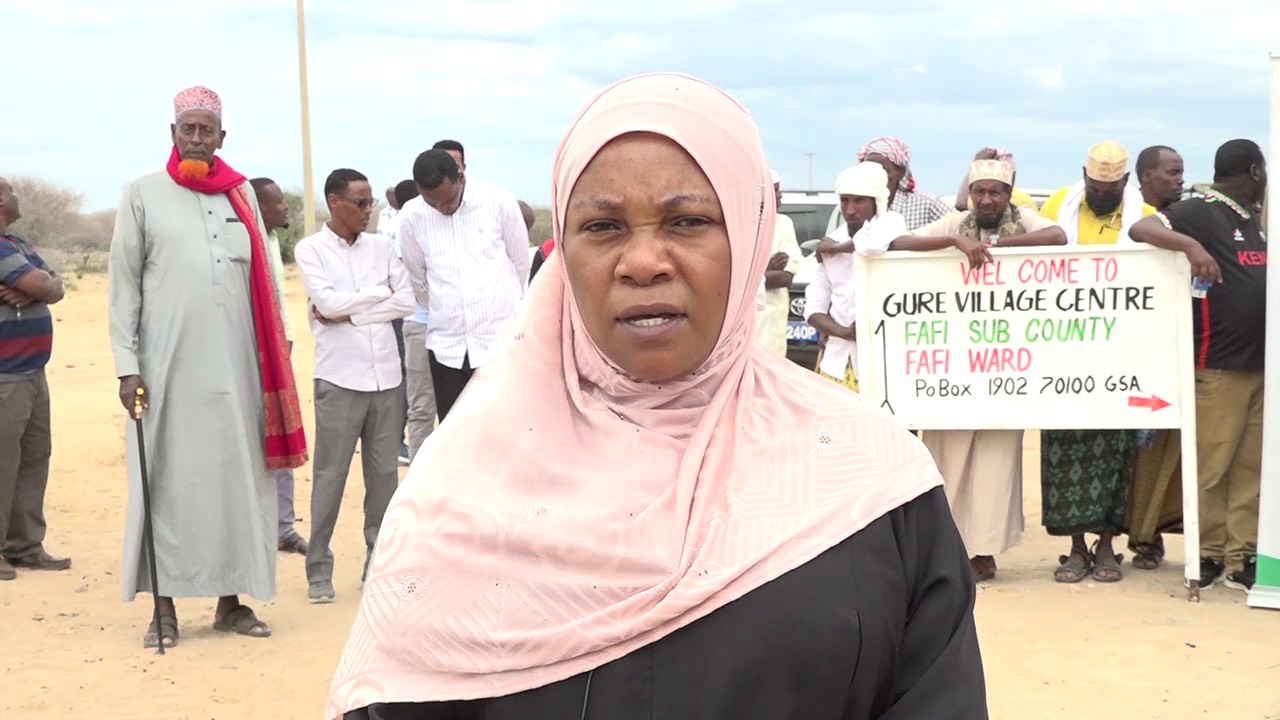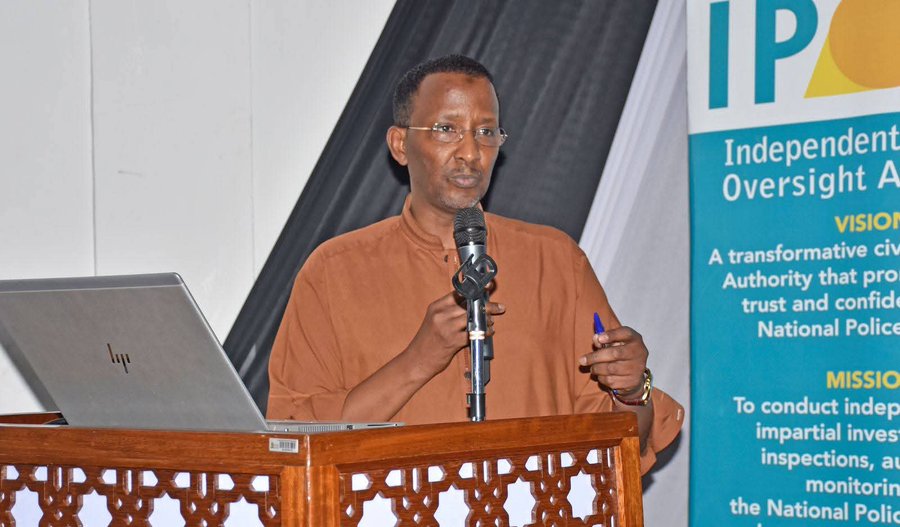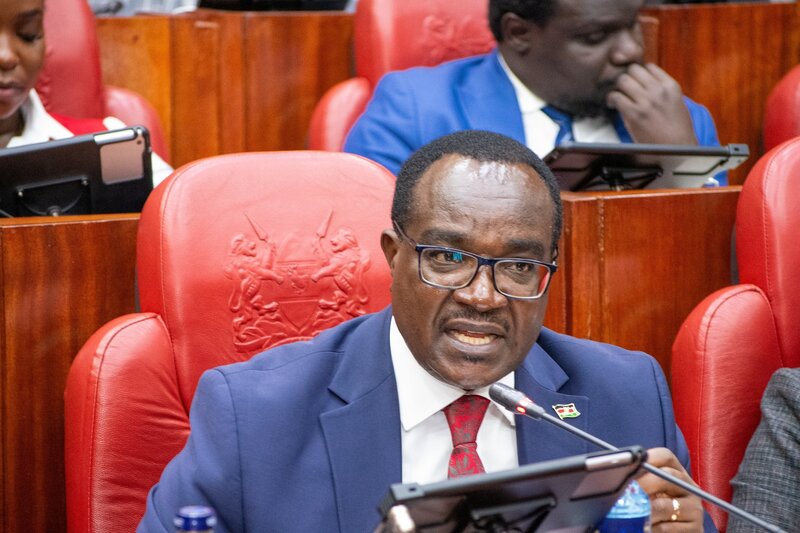KUPPET rejects government plan to cut hardship zones, demands expansion

KUPPET Secretary General Akelo Misori said the union is strongly against the government’s plan to implement a 2019 report that aims to reduce hardship zones under the Teachers Service Commission.
The Kenya Union of Post-Primary Education Teachers has opposed a government plan to reduce the number of designated hardship zones and is instead calling for an immediate expansion of the list to include more affected areas.
The union says teachers working in harsh environments are already struggling with insecurity, poor living conditions, and marginalisation.
More To Read
- Teachers who resigned or were dismissed after April 2018 eligible for pension, says TSC
- Student numbers triple at TTCs as government eases admission criteria
- Teacher shortages worsen as KUPPET calls for fast-tracked promotions, recruitment
- Unions push for stand-alone junior schools, teachers cite stalled career growth
- Teachers to apply for transfers online under new TSC system that aims to boost accountability
- TSC announces over 45,000 teaching and internship vacancies
KUPPET Secretary General Akelo Misori said the union is strongly against the government’s plan to implement a 2019 report that aims to reduce hardship zones under the Teachers Service Commission.
“Instead of reducing the number of hardship zones, we demand the immediate gazettment of new hardship areas as recommended by Parliament,” Misori told journalists.
The plan, recently revealed by Prime Cabinet Secretary Musalia Mudavadi in Parliament, is meant to reduce the government's annual spending on hardship allowances from Sh25 billion to Sh19 billion, saving Sh6 billion.
The allowances, which benefit thousands of teachers working in tough conditions, currently account for a significant share of government wage spending.
Misori said that the hardship allowance, which makes up 30 per cent of a teacher’s basic pay in those regions, is not a privilege but a result of years of lobbying.
He warned that teachers will not accept any move that denies them the benefit, especially at a time when many are serving in areas still facing insecurity and underdevelopment.
“The new hardship areas should include Chepalungu, Chonyi, Nyatike West, Nyatike North, Rachuonyo North, Mwala and Kalama sub-counties in Bomet, Kilifi and Machakos counties, respectively,” Misori said.
Currently, the Teachers Service Commission recognises 44 hardship zones, more than the 21 recognised by the Judiciary and the 16 listed by the civil service, county governments and State corporations. KUPPET says these disparities need to be addressed fairly.
“KUPPET rejects the gazette notices or policy regulations that usurp the power of Parliament,” Misori said, adding that any policy changes must follow recommendations already adopted by MPs.
Mudavadi had told Parliament that the new classification of hardship areas was based on county statistics, poverty levels, and field reports from agencies like the Kenya National Bureau of Statistics and the Commission on Revenue Allocation.
Top Stories Today











































